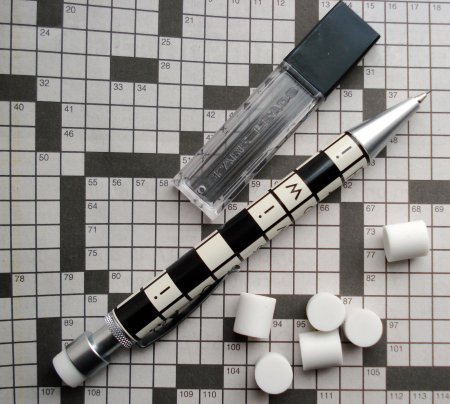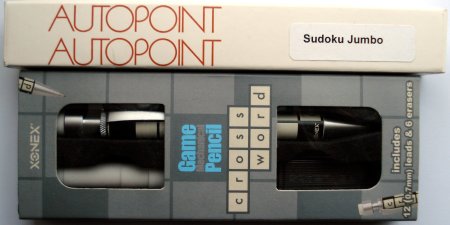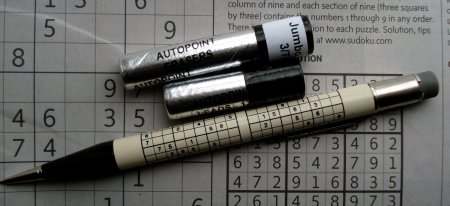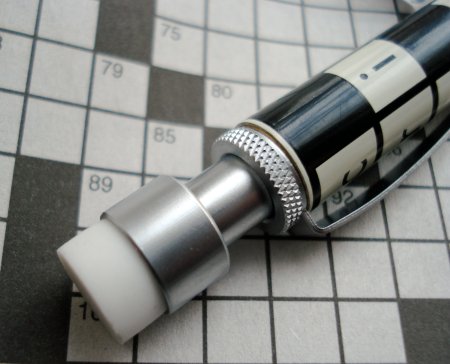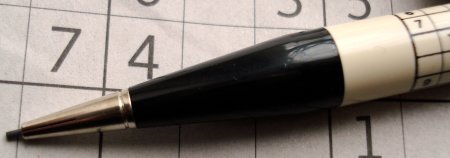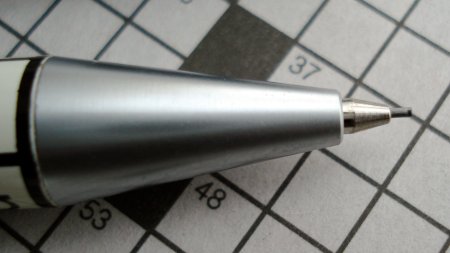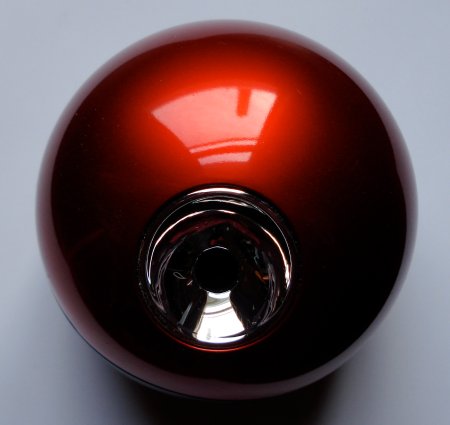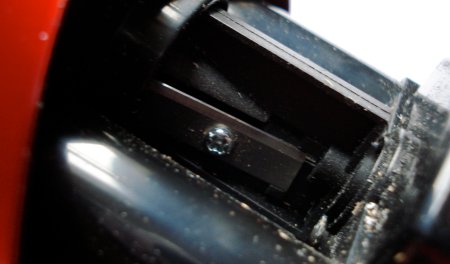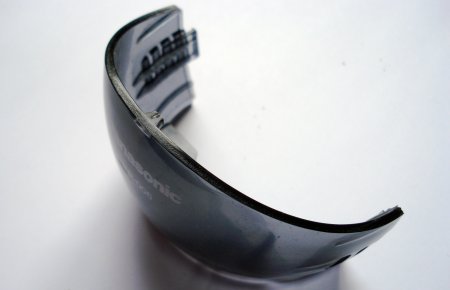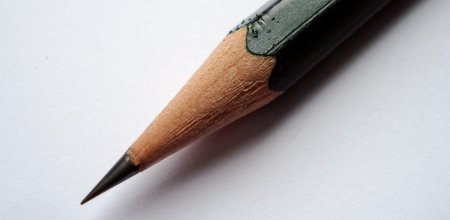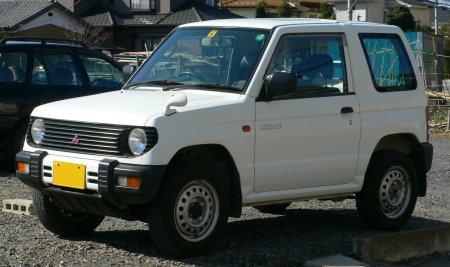In 1915, Tokuji Hayakawa invented the “Ever-Sharp” or “supply-type” mechanical pencil. Along with a belt buckle and water faucet, it was part of a stream of inventions that launched what would become the Sharp Electronics company.
The pencil was not well received at first – Sharp’s website mentions that the pencil was said to feel cold in winter, and clash with Japanese clothing in appearance. Still, Sharp claims overseas orders led to success. (Though US success is questioned in an article by fountain pen dealer Mr. Nishimura of vintagepens.com.)
The pencil received a US patent in 1926:
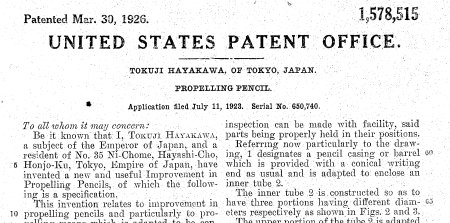

The story is tinged with deep tragedy. The Great Kant? earthquake in 1923 killed Hayakawa’s wife and children, as well as destroying the factory. The rights to the pencil were subsequently sold.
Platinum Pen Co. has decided to celebrate this history with a reproduction of Hayakawa’s seminal pencil. I don’t know if Platinum has a formal relationship with Sharp or other firms that dealt with Hayakawa. The pencil doesn’t seem to be widely available, and I can find no mention on Platinum’s website.
The pencil is presented in a very plain yet elegant wooden box.
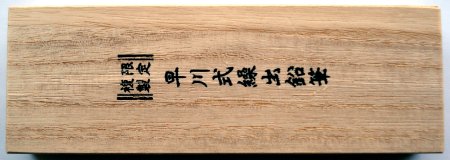
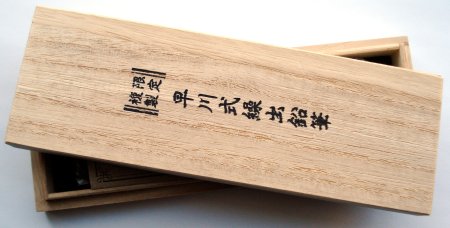
The spirals, cap, and two-tone clip are all prominent features. One can read “Platinum Japan 0.5” in fine lettering.
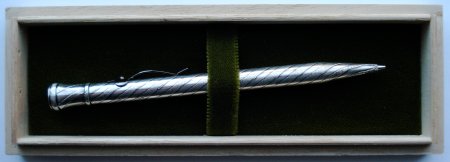
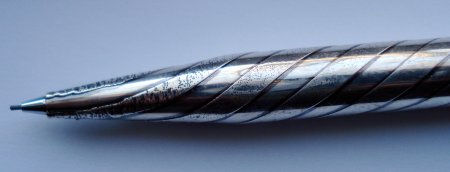
The 0.5mm lead is advanced by twisting the cap. The original pencil no doubt used a wider lead.
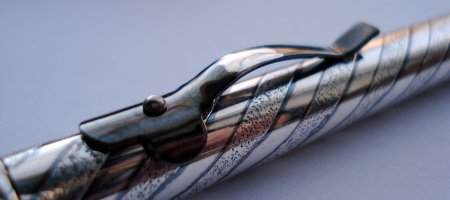
The balance point seems a bit higher up than other pencils I am familiar with.
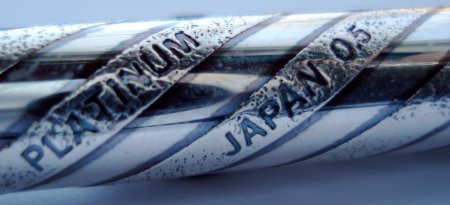
I have no idea about the internal mechanisms, and if they reproduce the original.
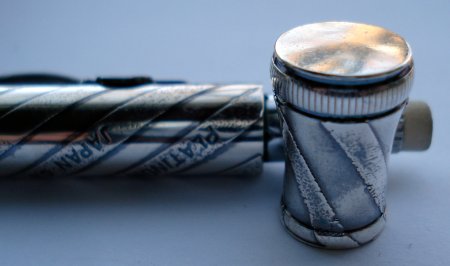
The pencil handles and writes well, and the shape is certainly more comfortable than expected. I don’t know if the dimensions match the original.

I applaud this tribute to Mr. Hayakawa’s creation and the history of the mechanical pencil. The lettering and lead diameter (I hope) distinguish the pencil from the original.
References and further reading:
1. Platinum Pen Company
2. Hayakawa’s US patent Note: the document is in TIFF format, which requires special software to read.
3. A Tale of Two Pencils: Keeran’s Eversharp & Hayakawa’s Ever-Ready Sharp
4. Sharp Electronics page on Hayakawa’s pencil
5. Osaka Business Update, Vol. 3, 2006 – Great People of Osaka

